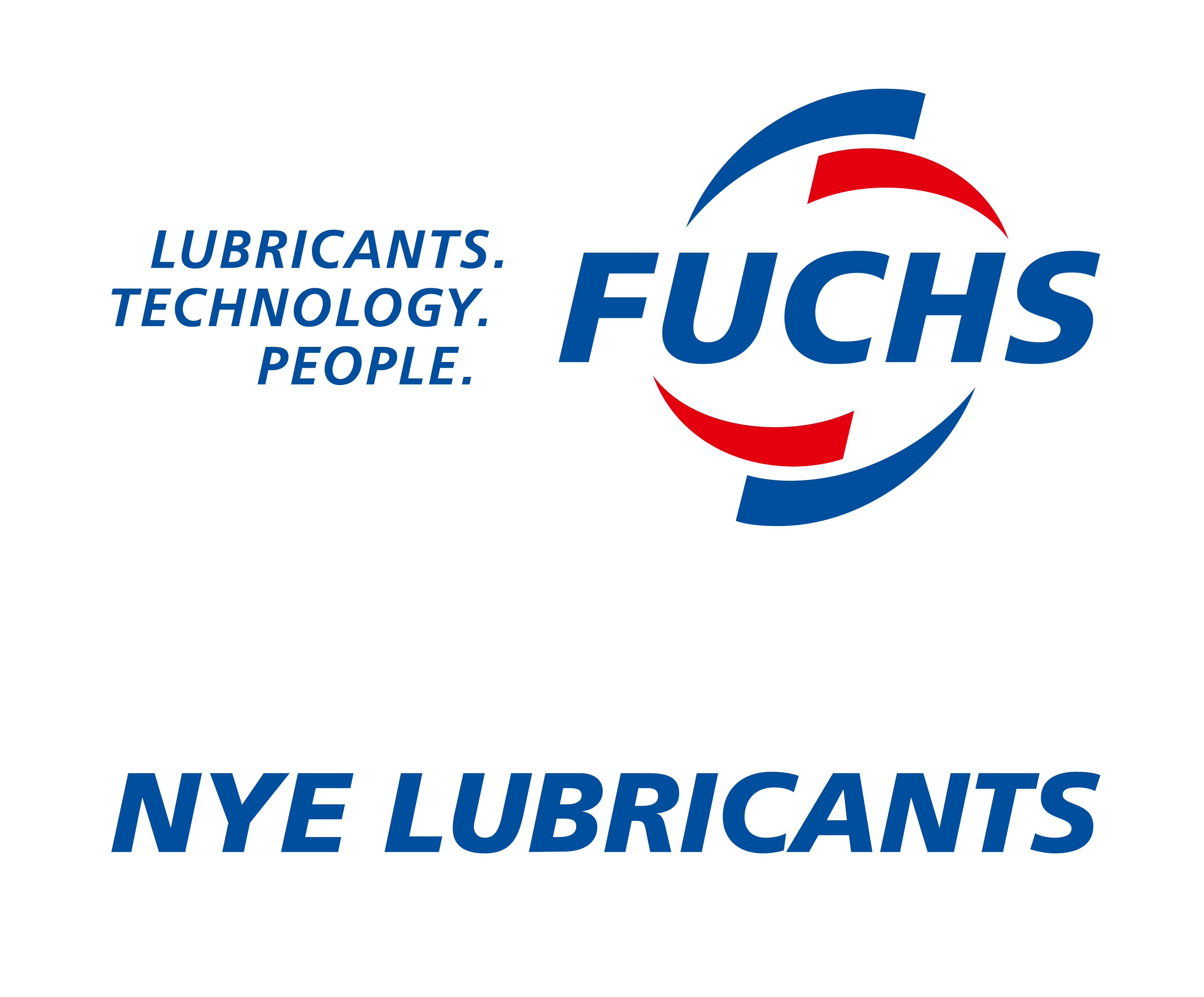Prevent Defects & Improve Yields with Low Outgassing Semiconductor Lubricants
What is Outgassing?
Outgassing is a form of airborne molecular contamination and is one of the leading causes of semiconductor defects. All materials, including lubricants, outgas to some degree, and outgassing is akin to evaporation; it is the release of smaller fractional molecules from the bulk liquid or solid material. Outgassing is the cause of “that new car smell” as the plastic and elastomeric materials on the interior of a new car give off vapors from the freshly fabricated materials such as the door panels, seats, carpet, and seals.
![]()
At high temperatures, such as those present in semiconductor manufacturing equipment, outgassing increases. In a situation where an outgassed molecule becomes airborne, it can condense on a surface and care must be taken that the condensate does not adversely affect the optical or surface properties of the material onto which it condenses.
How Does Lubricant Outgassing Affect Yields?
Many fabrication process steps have become more complex and operate at sub 10-nanometer level, meaning even the most microscopic contaminants can cause defects. Lubricants are used in mechanical components in virtually every process step within semiconductor manufacturing. When a lubricant outgasses it releases condensable material that can deposit onto the wafer surface, resulting in defects, yield loss, and lost profits. For this reason, semiconductor equipment and component manufacturers should take extreme care to ensure the lubricants they select offer the lowest outgassing possible. Low outgassing lubricants are created by stripping a lubricant in a thermal chamber under vacuum to remove the unwanted outgas constituents.
How is Outgassing Measured?
Nye outgassing testing (per ASTM E595 Vacuum Stability) is designed to screen materials for volatile contamination. This test provides percent Total Mass Loss (TML) and percent Collected Volatile Condensable Materials (CVCM) data for our lubricants. Nye engineers can monitor the outgassing via Residual Gas Analysis to determine the elemental species contained in the outgassing material. This testing provides customers with a better understanding of the stability of our materials in a static vacuum environment and the ability to identify what materials are outgassing. Additionally, this test can show how much of the outgassing is condensable to give an indication of the lubricant’s material suitability within sensitive mechanisms in a vacuum environment.
Nye’s Low Outgassing Lubricants for Semiconductor Manufacturing
NyeTorr® and NyeClean® are specialty lubricants formulated specifically for Semiconductor fabrication, process and test equipment. These low outgassing semiconductor lubricants are chemically stable even when exposed to high temperatures and process gasses, making NyeTorr® and NyeClean® the first choice of leading Semiconductor equipment OEMs and fabricators. Visit our Semiconductor Page to learn more about our lubricants for these applications.

